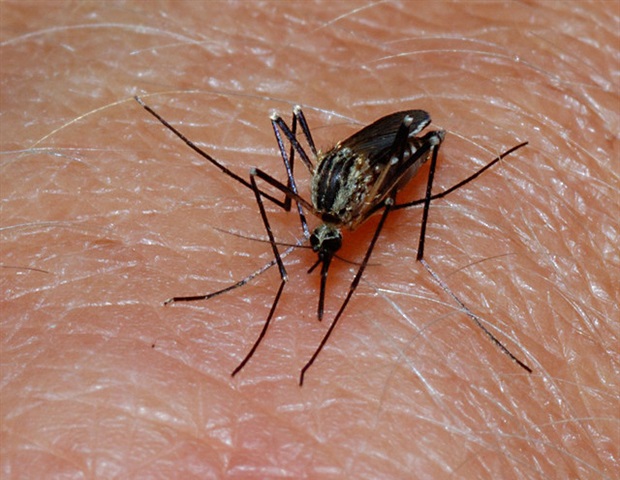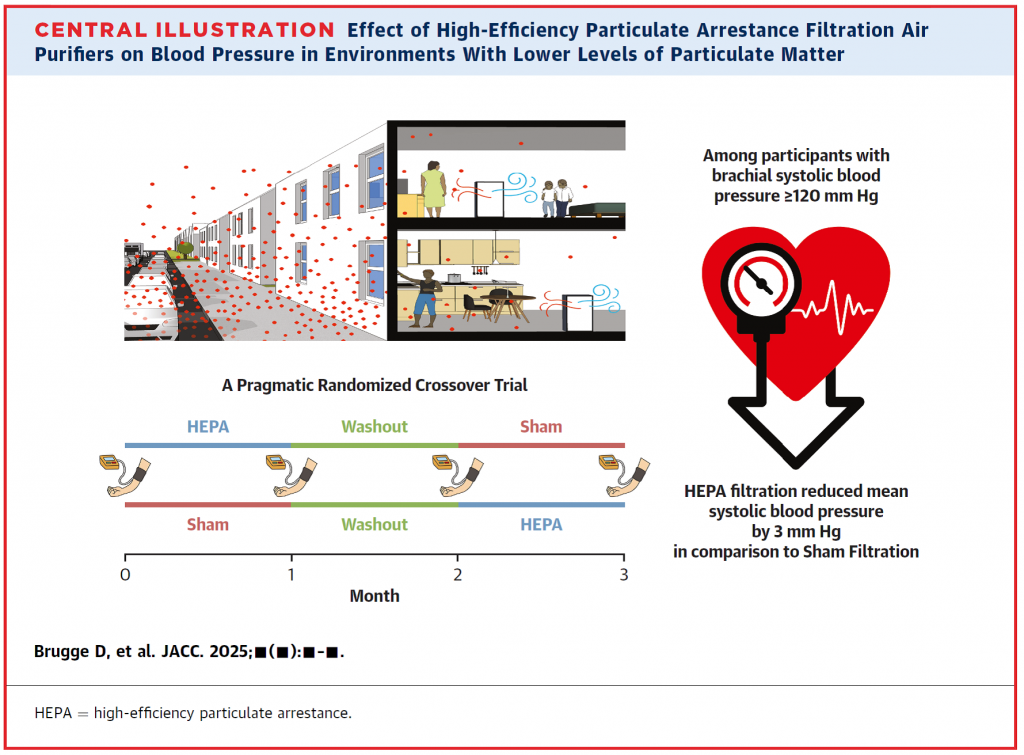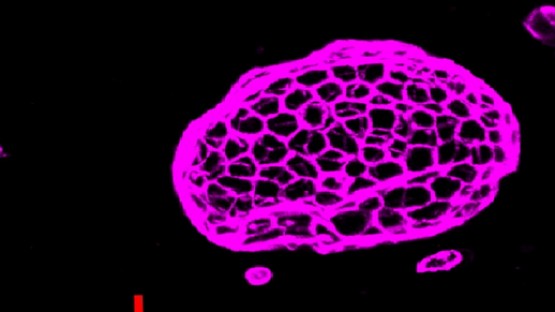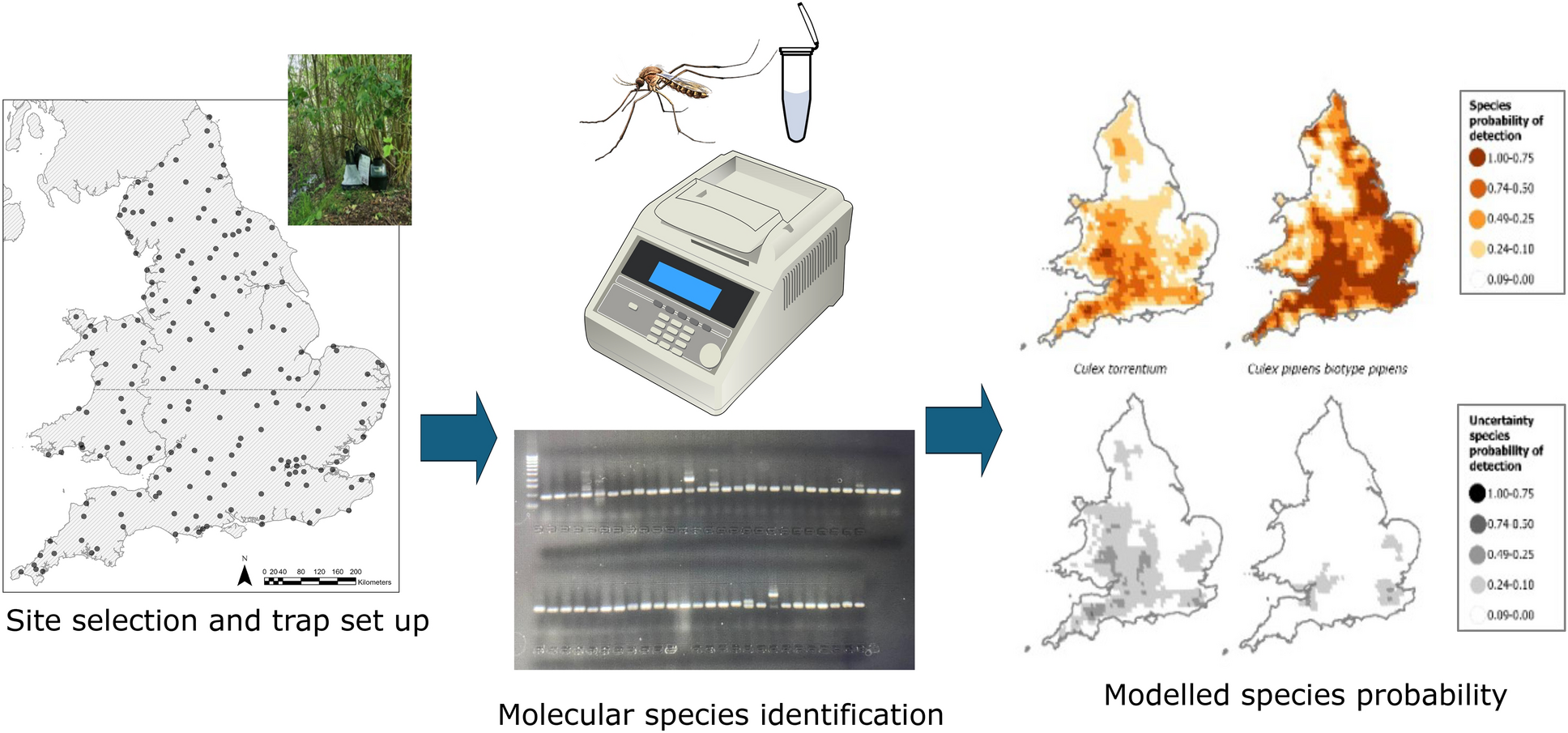UK Health Security Agency. Health Effects of Climate Change (HECC) in the UK: 2023 report. 2023.
Weekly updates: 2024 West Nile virus transmission season. 2024. https://www.ecdc.europa.eu/en/west-nile-fever/surveillance-and-disease-data/disease-data-ecdc. Accessed 18 Oct 2024.
Ewing DA, Purse BV, Cobbold CA, White SM. A novel approach for predicting risk of vector-borne disease establishment in marginal temperate environments under climate change: West Nile virus in the UK. J R Soc Interface. 2021;18:20210049.
PubMed
PubMed Central
Google Scholar
Folly AJ, Lawson B, Lean FZ, McCracken F, Spiro S, John SK, et al. Detection of Usutu virus infection in wild birds in the United Kingdom, 2020. Eurosurveillance. 2020;25:41.
Google Scholar
Lawson B, Robinson RA, Briscoe AG, Cunningham AA, Fooks AR, Heaver JP, et al. Combining host and vector data informs emergence and potential impact of an Usutu virus outbreak in UK wild birds. Sci Rep. 2022;12:10298.
CAS
PubMed
PubMed Central
Google Scholar
HAIRS risk assessment: Usutu virus – GOV.UK. 2024. https://www.gov.uk/government/publications/hairs-risk-assessment-usutu-virus/hairs-risk-assessment-usutu-virus. Accessed 18 Oct 2024
Simonin Y. Circulation of West Nile virus and Usutu virus in Europe: overview and challenges. Viruses. 2024;16:599.
PubMed
PubMed Central
Google Scholar
Khare B, Kuhn RJ. The Japanese encephalitis antigenic complex viruses: from structure to immunity. Viruses. 2022;14:2213. https://doi.org/10.3390/v14102213.
PubMed
PubMed Central
Google Scholar
Folly AJ, Sewgobind S, Hernández-Triana LM, Mansfield KL, Lean FZX, Lawson B, et al. Evidence for overwintering and autochthonous transmission of Usutu virus to wild birds following its redetection in the United Kingdom. Transbound Emerg Dis. 2022;69:3684–92.
PubMed
Google Scholar
European Centre for Disease Prevention and Control. Epidemiological update: West Nile virus transmission season in Europe. 2018. https://www.ecdc.europa.eu/en/news-events/epidemiological-update-west-nile-virus-transmission-season-europe-2023-0#:~:text=In%202023%2C%20seven%20EU%20countries,%2C%20and%20Austria%20(1). Accessed on 18 Oct 2024.
Cadar D, Becker N, de Mendonca CR, Börstler J, Jöst H, Schmidt-Chanasit J. Usutu virus in bats, Germany, 2013. Emerg Infect Dis. 2014;20:1771.
CAS
PubMed
PubMed Central
Google Scholar
Escribano-Romero E, Lupulović D, Merino-Ramos T, Blázquez AB, Lazić G, Lazić S, et al. West Nile virus serosurveillance in pigs, wild boars, and roe deer in Serbia. Vet Microbiol. 2015;176:365–9.
PubMed
Google Scholar
Durand B, Haskouri H, Lowenski S, Vachiery N, Beck C, Lecollinet S. Seroprevalence of West Nile and Usutu viruses in military working horses and dogs, Morocco, 2012: dog as an alternative WNV sentinel species? Epidemiol Infect. 2016;144:1857–64.
CAS
PubMed
Google Scholar
Bażanów B, Jansen van Vuren P, Szymański P, Stygar D, Frącka A, Twardoń J, et al. A Survey on West Nile and Usutu Viruses in Horses and Birds in Poland. Viruses. 2018;10:2.
Google Scholar
Diagne MM, Ndione MHD, Di Paola N, Fall G, Bedekelabou AP, Sembène PM, et al. Usutu virus isolated from rodents in Senegal. Viruses. 2019;11:181.
CAS
PubMed
PubMed Central
Google Scholar
Lu L, Zhang F, Munnink BBO, Munger E, Sikkema RS, Pappa S, et al. West Nile virus spread in Europe: phylogeographic pattern analysis and key drivers. PLoS Pathog. 2024;20:e1011880.
CAS
PubMed
PubMed Central
Google Scholar
Brown EBE, Adkin A, Fooks AR, Stephenson B, Medlock JM, Snary EL. Assessing the risks of West Nile virus-infected mosquitoes from transatlantic aircraft: implications for disease emergence in the United Kingdom. Vector-Borne and Zoonotic Diseases. 2012;12:310–20.
PubMed
PubMed Central
Google Scholar
Sambri V, Capobianchi M, Charrel R, Fyodorova M, Gaibani P, Gould E, et al. West Nile virus in Europe: emergence, epidemiology, diagnosis, treatment, and prevention. Clin Microbiol Infect. 2013;19:699–704.
CAS
PubMed
Google Scholar
Hayes EB, Komar N, Nasci RS, Montgomery SP, O’Leary DR, Campbell GL. Epidemiology and transmission dynamics of West Nile virus disease. Emerg Infect Dis. 2005;11:1167–73.
PubMed
PubMed Central
Google Scholar
Pacenti M, Sinigaglia A, Martello T, De Rui ME, Franchin E, Pagni S, et al. Clinical and virological findings in patients with Usutu virus infection, northern Italy, 2018. Eurosurveillance. 2019. 24(47).
Cadar D, Simonin Y. Human Usutu Virus Infections in Europe: A New Risk on Horizon? Viruses. 2022;15:77.
PubMed
PubMed Central
Google Scholar
Vilibic-Cavlek T, Savic V, Sabadi D, Peric L, Barbic L, Klobucar A, et al. Prevalence and molecular epidemiology of West Nile and Usutu virus infections in Croatia in the ‘One health’ context, 2018. Transbound Emerg Dis. 2019;66:1946–57.
CAS
PubMed
Google Scholar
Gaibani P, Barp N, Massari M, Negri EA, Rossini G, Vocale C, et al. Case report of Usutu virus infection in an immunocompromised patient in Italy, 2022. J Neurovirol. 2023;29:364–6.
PubMed
Google Scholar
Farajollahi A, Fonseca DM, Kramer LD, Marm Kilpatrick A. “Bird biting” mosquitoes and human disease: a review of the role of Culex pipiens complex mosquitoes in epidemiology. Infect Genet Evol. 2011;11:1577–85. https://doi.org/10.1016/j.meegid.2011.08.013.
PubMed
PubMed Central
Google Scholar
Becker N, Jöst A, Weitzel T. The Culex pipiens complex in Europe. J Am Mosq Control Assoc. 2012;28:53–67.
PubMed
Google Scholar
Benelli G, Mehlhorn H. Mosquito-borne Diseases. 2018.
Weitzel T, Collado A, Jst A, Pietsch K, Storch V, Becker N. Genetic differentiation of populations within the Culex pipiens complex and phylogeny of related species. J Am Mosq Control Assoc. 2009;25:6–17.
CAS
PubMed
Google Scholar
Vogels CBF, Van De Peppel LJJ, Van Vliet AJH, Westenberg M, Ibañez-Justicia A, Stroo A, et al. Winter activity and aboveground hybridization between the two biotypes of the West Nile virus vector Culex pipiens. Vector Borne Zoonotic Dis. 2015;15:619–26.
PubMed
Google Scholar
Work TH, Hurlbüt HS, Taylor RM. Indigenous wild birds of the Nile Delta as potential West Nile virus circulating reservoirs. 1955: 872–888.
Higgs S, Snow K, Gould EA. The potential for West Nile virus to establish outside of its narural range: a consideration of potential mosquito vectors in the United Kingdom. Trans R Soc Trop Med Hyg. 2004;98:82–7.
PubMed
Google Scholar
Balenghien T, Vazeille M, Grandadam M, Schaffner F, Zeller H, Reiter P, et al. Vector competence of some French Culex and Aedes mosquitoes for West Nile virus. Vector Borne Zoonotic Dis. 2008;8:589–95.
PubMed
Google Scholar
Vogels CBF, Göertz GP, Pijlman GP, Koenraadt CJM. Vector competence of northern and southern European Culex pipiens pipiens mosquitoes for West Nile virus across a gradient of temperatures. Med Vet Entomol. 2017;31:358–64.
CAS
PubMed
Google Scholar
Jansen S, Heitmann A, Lühken R, Leggewie M, Helms M, Badusche M, et al. Culex torrentium: a potent vector for the transmission of West Nile Virus in Central Europe. Viruses. 2019;11:492.
PubMed
PubMed Central
Google Scholar
Pilgrim J, Metelmann S, Widlake E, Seechurn N, Vaux A, Mansfield KL, et al. UK mosquitoes are competent to transmit Usutu virus at native temperatures. One Health. 2024;19:100916.
PubMed
PubMed Central
Google Scholar
Byrne K, Nichols RA. Culex pipiens in London Underground tunnels: differentiation between surface and subterranean populations. Heredity. 1999;82:7–15.
PubMed
Google Scholar
Fritz ML, Walker ED, Miller JR, Severson DW, Dworkin I. Divergent host preferences of above- and below-ground Culex pipiens mosquitoes and their hybrid offspring. Med Vet Entomol. 2015;29:115–23. https://doi.org/10.1111/mve.12096.
CAS
PubMed
Google Scholar
Medlock JM, Snow KR, Leach S. Potential transmission of West Nile virus in the British Isles: an ecological review of candidate mosquito bridge vectors. Med Vet Entomol. 2005;19:2–21.
CAS
PubMed
Google Scholar
Griep JS, Grant E, Pilgrim J, Riabinina O, Baylis M, Wardeh M, et al. Meta-analyses of Culex blood-meals indicates strong regional effect on feeding patterns. PLoS Negl Trop Dis. 2025;19:e0012245. https://doi.org/10.1371/journal.pntd.0012245.
CAS
PubMed
PubMed Central
Google Scholar
Hernandez-Colina A, Gonzalez-Olvera M, Lomax E, Townsend F, Maddox A, Hesson JC, et al. Blood-feeding ecology of mosquitoes in two zoological gardens in the United Kingdom. Parasit Vectors. 2021;14:1–18.
Google Scholar
Brugman VA, Hernández-Triana LM, England ME, Medlock JM, Mertens PPC, Logan JG, et al. Blood-feeding patterns of native mosquitoes and insights into their potential role as pathogen vectors in the Thames estuary region of the United Kingdom. Parasit Vectors. 2017;10:1–12.
Google Scholar
Snow KR. Mosquitoes. Naturalists Handbooks 14. Entomology Guides & Keys. 1990. p.52.
Curtotti A. Characterization of East London Culex pipiens s.l. in relation to the risk of transmission to humans of the West Nile virus in Great Britain (2009). Accessed 18 Oct 2024.
Gomes B, Sousa CA, Vicente JL, Pinho L, Calderón I, Arez E, et al. Feeding patterns of molestus and pipiens forms of Culex pipiens (Diptera: Culicidae) in a region of high hybridization. Parasit Vectors. 2013;6:1–10.
Google Scholar
Martínez-De La Puente J, Ferraguti M, Ruiz S, Roiz D, Soriguer RC, Figuerola J. Culex pipiens forms and urbanization: Effects on blood feeding sources and transmission of avian Plasmodium. Malar J. 2016;15:1–8.
Google Scholar
Osório HC, Zé-Zé L, Amaro F, Nunes A, Alves MJ. Sympatric occurrence of Culex pipiens (Diptera, Culicidae) biotypes pipiens, molestus and their hybrids in Portugal, Western Europe: feeding patterns and habitat determinants. Med Vet Entomol. 2014;28:103–9.
PubMed
Google Scholar
Ismay JW, Schulten B. Report on the survey for mosquito winter breeding sites in the area surrounding Mogden STW in February 2004. London: Greenhunter Limited; 2004.
Google Scholar
Huang S, Hamer GL, Molaei G, Walker ED, Goldberg TL, Kitron UD, et al. Genetic variation associated with mammalian feeding in Culex pipiens from a West Nile virus epidemic region in Chicago, Illinois. Vector-Borne and Zoonotic Diseases. 2009;9:637–42.
PubMed
Google Scholar
Vaux AGC, Abbott AJ, Johnston CJ, Hawkes FM, Hopkins RJ, Cull B, et al. An update on the ecology, seasonality and distribution of Culex modestus in England. J Eur Mosq Control Assoc. 2024;19:1–19.
Google Scholar
Brugman VA, England ME, Stoner J, Tugwell L, Harrup LE, Wilson AJ, et al. How often do mosquitoes bite humans in southern England? A standardised summer trial at four sites reveals spatial, temporal and site-related variation in biting rates. Parasit Vectors. 2017;10:1–11.
Google Scholar
Hesson JC, Östman Ö, Schäfer M, Lundström JO. Geographic distribution and relative abundance of the sibling vector species Culex torrentium and Culex pipiens in Sweden. Vector Borne Zoonotic Dis. 2011;11:1383–9.
PubMed
Google Scholar
Service MW. Observations on the ecology of some British mosquitoes. Bull Entomol Res. 1969;59:161–94.
Google Scholar
Papa A, Tsioka K, Gewehr S, Kalaitzopouou S, Pervanidou D, Vakali A, et al. West Nile fever upsurge in a Greek regional unit, 2020. Acta Trop. 2021;221:106010.
PubMed
Google Scholar
García-Carrasco JM, Muñoz AR, Olivero J, Segura M, Real R. Predicting the spatio-temporal spread of West Nile virus in Europe. PLoS Negl Trop Dis. 2021;15:e0009022.
PubMed
PubMed Central
Google Scholar
Bakonyi T, Haussig JM. West Nile virus keeps on moving up in Europe. Euro Surveill. 2020;25:2001938.
PubMed
PubMed Central
Google Scholar
Schilling M, Lawson B, Spiro S, Jagdev M, Vaux AGC, Bruce RC, et al. Transovarial transmission in field caught mosquitoes identifies a mechanism for the establishment of Usutu virus in a temperate country. BioRxiv. 2024. https://doi.org/10.1101/2024.07.05.602178.
PubMed
PubMed Central
Google Scholar
Zimmerman DL. Optimal network design for spatial prediction, covariance parameter estimation, and empirical prediction. Environmetrics. 2006;17:635–52.
Google Scholar
Sedda L, Lucas ER, Djogbénou LS, Edi AVC, Egyir-Yawson A, Kabula BI, et al. Improved spatial ecological sampling using open data and standardization: an example from malaria mosquito surveillance. J R Soc Interface. 2019;16:20180941.
PubMed
PubMed Central
Google Scholar
Silver JB. Mosquito ecology field sampling methods. Springer science business media: Cham; 2007.
Google Scholar
Marston C, Rowland CS, O’Neil AW, Morton RD. Land Cover Map 2021 (land parcels, GB) – EIDC. Available from: https://catalogue.ceh.ac.uk/documents/398dd41e-3c08-47f5-811f-da990007643f
Hesson JC, Lundstrom J, Halvarsson P, Erixon P, Collada A. A sensitive and reliable restriction enzyme assay to distinguish between the mosquitoes Culex torrentium and Culex pipiens. Med Vet Entomol. 2010;24:142–9.
CAS
PubMed
Google Scholar
Reiter P, AMA, CN. Enhancement of the CDC ovitrap with hay infusions for daily monitoring of Aedes aegypti populations.
Bahnck CM, Fonseca DM. Rapid assay to identify the two genetic forms of Culex (Culex) pipiens L. (Diptera: Culicidae) and hybrid populations – PubMed.; Available from: https://pubmed.ncbi.nlm.nih.gov/16896127/
Daan G Uitenbroek, “SISA-Binomial.” 1997. (1 Jan 2021)
Galiano EF, Castro I, Sterling A. A test for spatial pattern in vegetation using a Monte-Carlo simulation. J Ecol. 1987;75:915.
Google Scholar
OpenStreetMap. [website] (https://www.openstreetmap.org/#map=3/51.96/21.80)
Center for International Earth Science Information Network. Available from: https://www.ciesin.columbia.edu/data/hrsl/
Anderson SC, Ward EJ, English PA, Barnett LAK, Thorson JT. sdmTMB: An R Package for Fast, Flexible, and User-Friendly Generalized Linear Mixed Effects Models with Spatial and Spatiotemporal Random Fields. 2022.
Aarts G, Fieberg J, Matthiopoulos J. Comparative interpretation of count, presence–absence and point methods for species distribution models. Methods Ecol Evol. 2012;3:177–87.
Google Scholar
https://cds.climate.copernicus.eu/cdsapp#!/dataset/reanalysis-era5-land?tab=overview
Rizzoli A, Bolzoni L, Chadwick EA, Capelli G, Montarsi F, Grisenti M, et al. Understanding West Nile virus ecology in Europe: Culex pipiens host feeding preference in a hotspot of virus emergence. Parasit Vectors. 2015;8:1–13.
Google Scholar
Vogels CBF, Möhlmann TWR, Melsen D, Favia G, Wennergren U, Koenraadt CJM. Latitudinal diversity of Culex pipiens biotypes and hybrids in farm, peri-urban, and wetland habitats in Europe. PLoS ONE. 2016;11:e0166959.
PubMed
PubMed Central
Google Scholar
di Luca M, Toma L, Boccolini D, Severini F, la Rosa G, Minelli G, et al. Ecological distribution and CQ11 genetic structure of Culex pipiens complex (Diptera: Culicidae) in Italy. PLoS ONE. 2016;11:e0146476. https://doi.org/10.1371/journal.pone.0146476.
PubMed
PubMed Central
Google Scholar
Sauer FG, Lange U, Schmidt-Chanasit J, Kiel E, Wiatrowska B, Myczko Ł, et al. Overwintering Culex torrentium in abandoned animal burrows as a reservoir for arboviruses in Central Europe. One Health. 2023;16:100572.
PubMed
PubMed Central
Google Scholar
Seechurn N, Herdman MT, Hernandez-Colina A, Vaux AGC, Johnston C, Berrell M, et al. Field-based assessments of the seasonality of Culexpipiens sensu lato in England: an important enzootic vector of Usutu and West Nile viruses. Parasit Vectors. 2024;17:1–9.
Google Scholar
Danabalan R, Ponsonby DJ, Linton YM. A critical assessment of available molecular identification tools for determining the status of Culex pipiens S.L. in the United Kingdom. J Am Mosq Control Assoc. 2012;28:68–74.
PubMed
Google Scholar
Haba Y, McBride L. Origin and status of Culex pipiens mosquito ecotypes. Curr Biol. 2022;32:237–46.
Google Scholar
Shute PG. Culex molestus. Trans R Entomol Soc Lond 102: 380–382.









